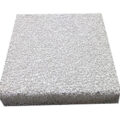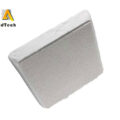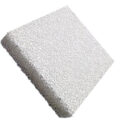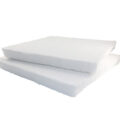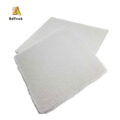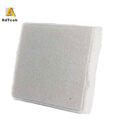Ceramic filter plate application has become more and more common, because people have higher and higher quality requirements for aluminum products. Since the ceramic filter plate came out in the United States in the 1970s, it has shown its great vitality in the production of non-ferrous metal industry, especially aluminum processing.
The ceramic filter for foundry not only can effectively eradicate the large oxidized inclusions in the molten aluminum, but also can filter out the small inclusions of a few microns that the traditional technology can’t do. Because the hydrogen atoms, sodium, potassium, and other harmful ions in the aluminum liquid are often adsorbed on the inclusions, and the inclusions can become the core of bubble formation, so while filtering the inclusions, it can also reduce these harmful elements in the aluminum liquid. And gas content. There are also studies that the filter plate filters out many small inclusions, thus reducing the effective crystal nucleus required for the solidification of the molten aluminum, which can promote the nucleation and growth of the molten aluminum under larger supercooling conditions, and the structure is refined.
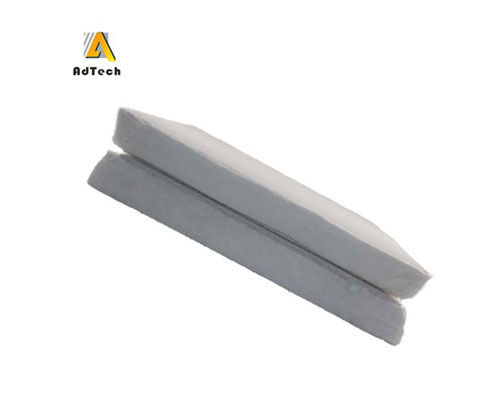
The most direct way to evaluate the quality of the ceramic filter media is to detect the reduction rate of the inclusion content before and after the aluminum liquid passes through the filter plate, that is, sampling and analysis.
This method actually measures the time it takes for molten aluminum to pass through an ultrafine graphite filter disc. When the container is evacuated, the time required to pass a certain amount of molten aluminum under atmospheric pressure is related to the cleanliness of the molten aluminum. The clean molten aluminum takes less time to pass, and the dirty molten aluminum takes longer. In addition, the filtered graphite disc can also be analyzed, and the size of the inclusions retained on it can indicate the cleanliness of the aluminum liquid.
Ceramic Filter Filtration Mechanism
Generally speaking, there are three ways to remove inclusions from molten aluminum: precipitation, floating, and filtration. When the size of the inclusions is less than 90m, the possibility that they will settle to the bottom of the furnace by gravity is very small. Traditional gas purification, online refining and other processes can make some inclusions float to the surface of molten aluminum, but when the size of the inclusions is less than 30μm, the chance of floating is very small.
The advantage of the filter plate is that it can filter out inclusions that are much smaller in size than its pore size. The principle of inclusions passing through the filter plate can be attributed to three mechanisms: Sieve-mode, cake-mode, and depth-mode.




